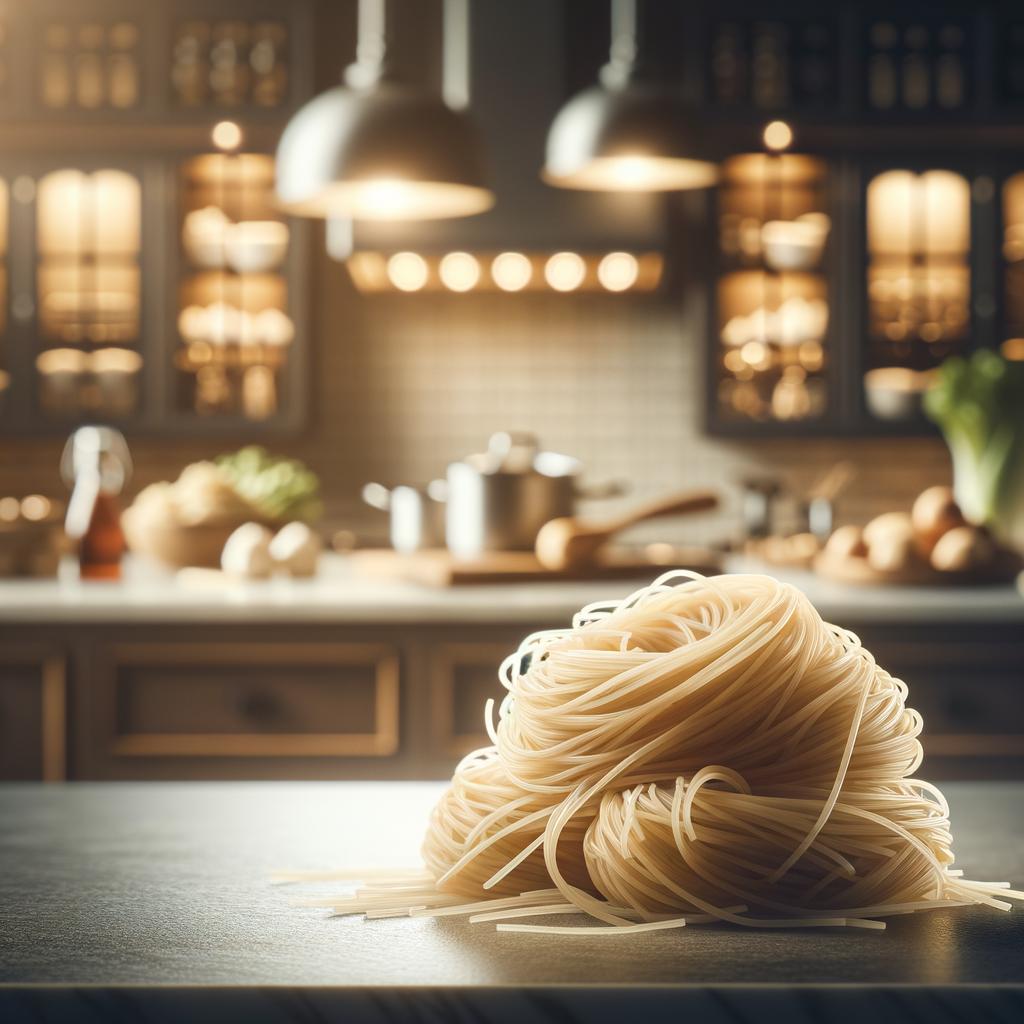Rice Vermicelli

Rice Vermicelli
Description
Rice vermicelli, also known as rice noodles or simply vermicelli, is a type of thin noodle made from rice flour and water. These delicate strands are characterized by their snowy white color, paper-thin diameter, and a texture that is both soft and slightly chewy when cooked. The flavor profile of rice vermicelli is subtly sweet and starchy, providing a neutral base that effortlessly absorbs the flavors of the ingredients it is paired with. What sets rice vermicelli apart from other types of noodles is its gluten-free nature, making it a favorite among those with gluten sensitivities or anyone seeking a lighter alternative to wheat-based noodles.
Primary Uses
Rice vermicelli is a versatile ingredient that is commonly used in a wide variety of dishes across many cuisines, particularly in Asia. In Vietnamese cuisine, it is a key component in dishes like Pho and Bun Cha, while in Chinese cooking, it often appears in stir-fries and soups. Beyond culinary uses, rice vermicelli also has cultural significance in many Asian countries, where it is eaten during celebrations and festivals as a symbol of longevity and happiness.
History
The history of rice vermicelli is deeply rooted in the culinary traditions of Asia, with China often credited as its birthplace. These noodles were a staple in ancient diets, providing sustenance for farmers and nobility alike. Over time, the art of making rice vermicelli spread across Asia, each region adding its unique touch to the preparation and consumption of this beloved ingredient. An interesting legend in Vietnam tells of a poor rice farmer who invented rice vermicelli to win the heart of a princess, symbolizing the power of creativity in overcoming life's challenges.
Nutritional Information
Rice vermicelli is low in fat and a good source of carbohydrates, providing energy needed for daily activities. It is also gluten-free, making it a suitable choice for those with celiac disease or gluten intolerance. However, it is important to note that rice vermicelli is low in fiber and protein compared to whole grain or protein-enriched pasta. To balance its nutritional profile, it is often served with nutrient-rich ingredients like vegetables, lean meats, and legumes. Despite its delicate nature, rice vermicelli carries a rich tapestry of cultural history and nutritional value, making it a cherished ingredient in kitchens around the world.

